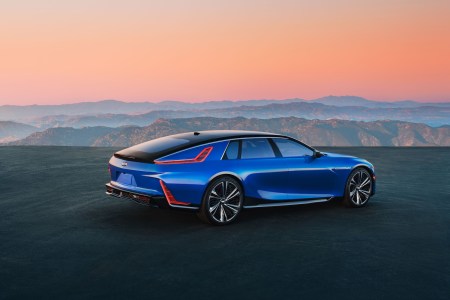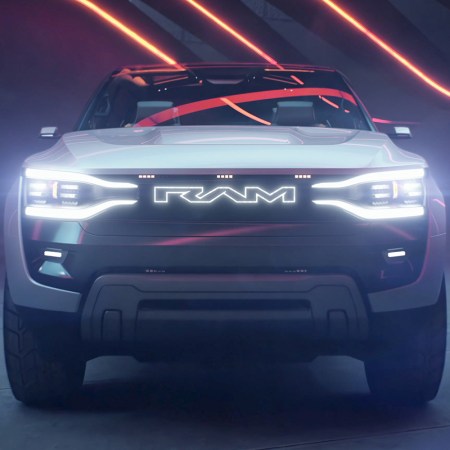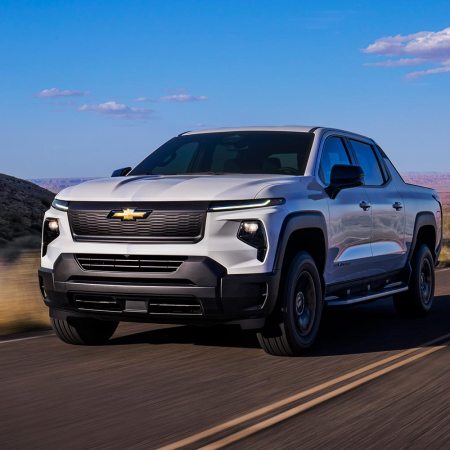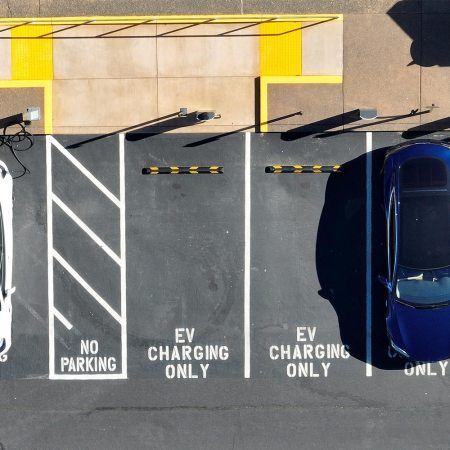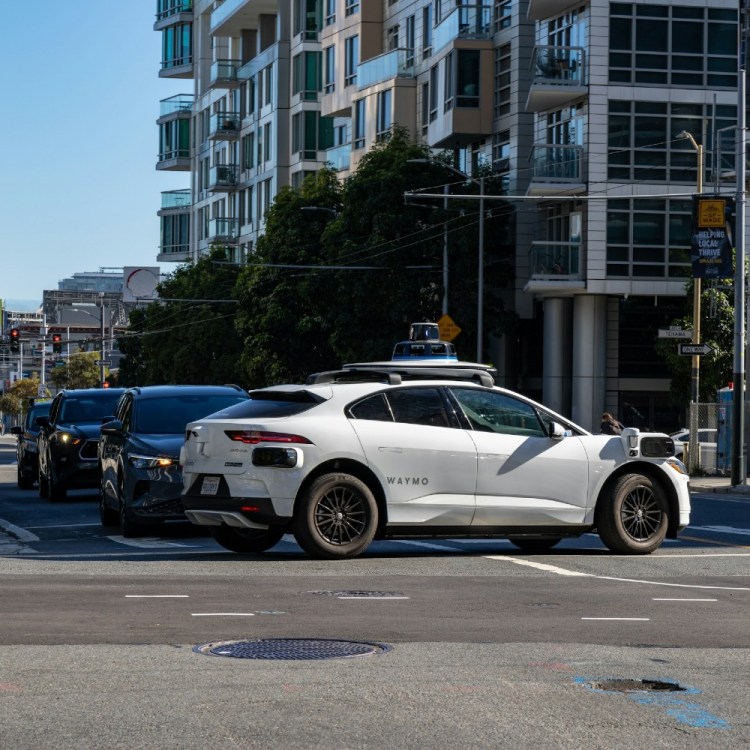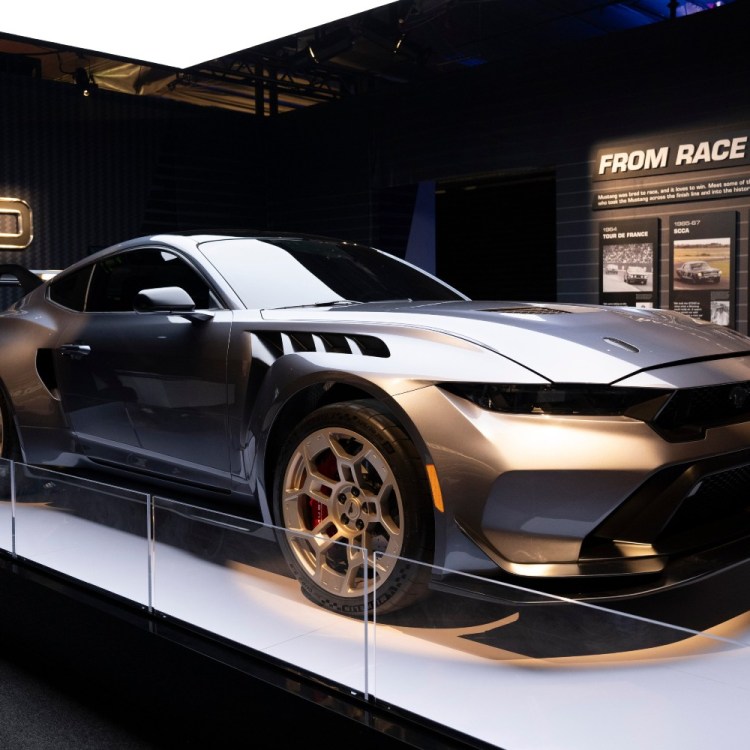The ubiquity of electric vehicles has made us reexamine our understanding of cars and what they’re capable of. Apart from the different driving dynamics offered by vehicles equipped with electronic motors, the fact that EV drivers are cruising around atop huge battery packs have given automakers and consumers alike a host of ideas on how to utilize all that stored energy beyond propulsion.
From charging a laptop to powering a house, bidirectional charging has been a huge area of exploration for automakers looking to extend an EV’s capabilities. That’s why General Motors has just announced that it will roll out vehicle-to-home charging (V2H) on all its Ultium-based electric vehicles across the board.
GM’s Ultium platform is the latest electric vehicle architecture from the automaker and underpins behemoths like the GMC Hummer EV, Chevrolet Silverado EV and the Cadillac Lyriq, among others. GM says that by 2026, all vehicles built with this hardware will be capable of vehicle-to-home bidirectional charging, meaning that if the house is properly equipped, its relationship to one of these vehicles becomes symbiotic.
While the vehicles is plugged into a charging station, it essentially acts as a battery pack for the home, providing some of its stores to a household’s electronic needs. It reduces a home’s draw off the grid while the car itself replenishes its battery during cheaper off-peak hours. In an extreme case, the Ultium-based car can keep the lights on during a blackout.
Houses will need to be equipped with GM’s Ultium Home offerings, which enables the transfer between car and home, along with its primary role of charging the vehicle.
Cadillac’s Celestiq Will Rival Overseas Luxury With a $340K Price Tag
Current custom orders are coming in with Bentley-level bottom linesInitially, a number of 2024 model-year vehicles will be V2H-ready, such as the aforementioned Silverado EV and Lyriq, the GMC Sierra EV Denali, and also comparatively smaller EVs such as Chevrolet’s Blazer and Equinox EVs. Curiously, the Hummer EV is excluded from this list, but will surely be included by the 2026 goalpost.
V2X technology isn’t new for GM or the EV space in general. It was a selling point for Ford’s F-150 Lightning EV from the beginning, touting V2H capability as well as its ability to act as a mobile workstation for power tools. On a smaller scale, less robust vehicles like the Kia EV6 provide V2L, or vehicle-to-load, tech, which essentially means it can run a number of appliances for an extended period of time — laptops, TVs, lamps, etc.
For the most part, though, the availability of full bidirectional charging has been a mixed bag, with only select vehicles allotted for different roles. GM’s sweeping commitment to having all its future Ultium cars, big or small, be capable of V2H charging is a big step forward for the EV space. With innovations like this one, it’s not hard to imagine a future where home and electric car ownership are one in the same.
Thanks for reading InsideHook. Sign up for our daily newsletter and be in the know.

